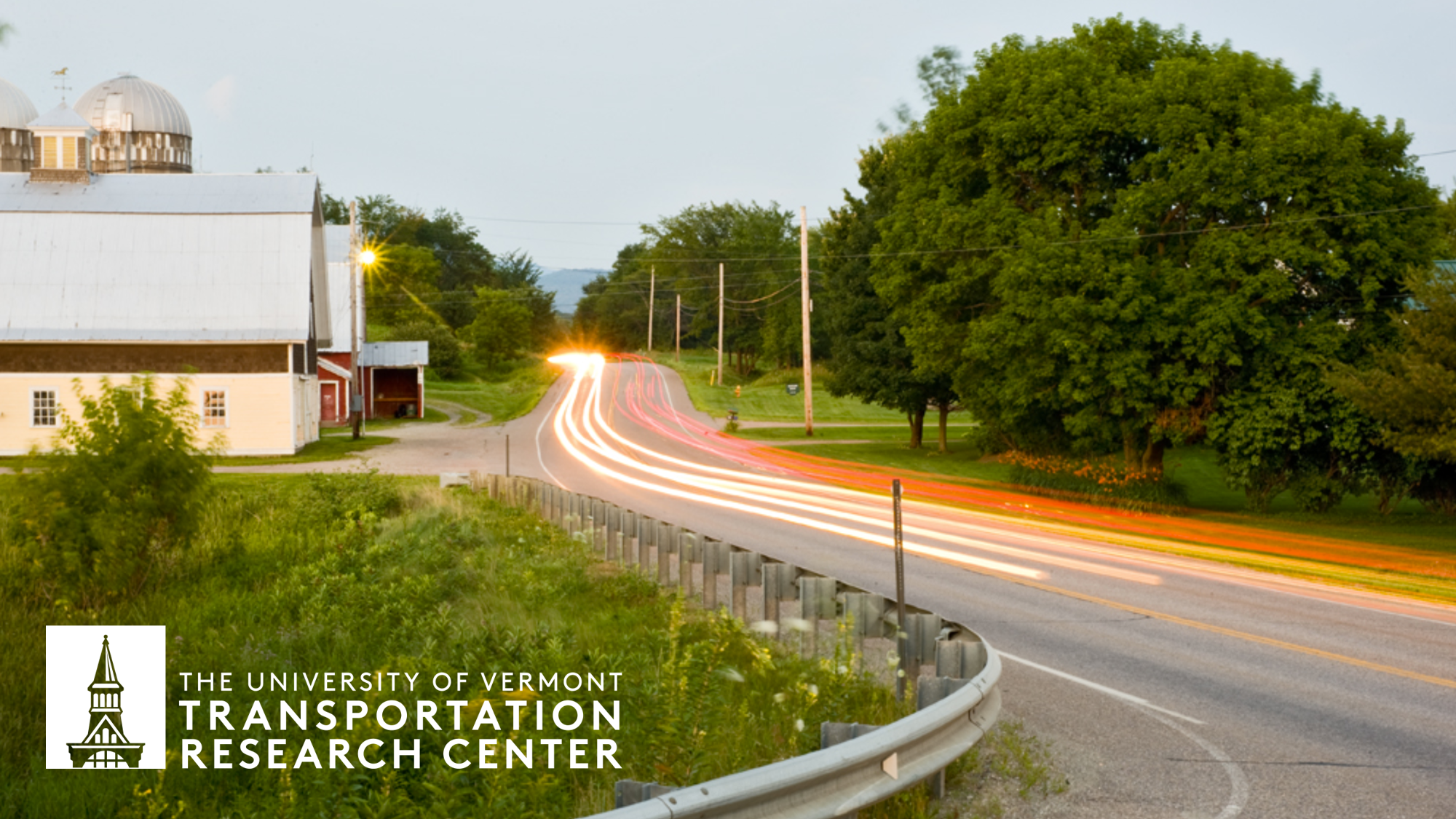
University of Vermont Transportation Research Center
Document Type
Report
Publication Date
1-1-2018
Abstract
America’s transportation system is the backbone of its economy, connecting households to employment, healthcare, and education and supporting the movement of goods and services across supply chains. This system while indispensable is facing mounting challenges in traffic and congestion, decaying infrastructure, over-dependence on foreign oil, and in many communities a lack of infrastructure for public transit, cyclists, and pedestrians. In 2017, congestion alone cost the U.S. an estimated $305 billion from lost worker productivity, wasted fuel, and other economic factors. Even this number fails to account for the true size of the problem, externalizing traffic’s toll on health, both external (air pollution) and internal (stress), and the environment. In fact, the transportation sector is now the largest source of climatechanging greenhouse gas emissions in the nation. As increasing tailpipe emissions continue to alter the climate, amplified extreme weather and natural disasters could threaten the safety and reliability the transportation system, as well as increase the costs of maintaining it. Clearly, a break from business as usual is needed to create a transportation system that is cleaner, more equitable, and accessible. While solving transportation’s modern challenges will require a number of place-based solutions, such as walkable and bikeable streets and improved access to public transit, this paper focuses on expanding the use of alternative fuels, for example with electric vehicles (EVs). More EVs on the road means spending less on imported fuels, saving consumers billions of dollars at the pump, and keeping more transportation dollars within local economies. These economic gains are especially key in rural communities, where on average households spend 7% more of their budgets on transportation compared to urban households. As Northeast states increasingly invest in clean energy and transportation, tens of thousands of new jobs in fields such as science, technology, engineering, and math (STEM); public transit; and construction will be created. The evolving landscape of transportation technologies, from EVs to autonomous vehicles, will require new educational programs, training, and competencies. This paper examines what education and training programs exist today to support the alternative fuels transportation industry, and provides recommendations on further building out a workforce pipeline to meet anticipated growth. Job seekers should read on to discover what training and education opportunities are currently available, while educators and workforce development professionals are provided with recommendations on how to provide more training and education programs to keep pace with the growing market for EVs and other alternative fuels.
Recommended Citation
McRae, Glenn; Freeman, Gabrielle; and O'Neill-Vivanco, Peggy, "The Emerging Clean Transportation Workforce: Opportunities and Recommendations to Support the Growing Alternative Fuels Industry" (2018). University of Vermont Transportation Research Center. 24.
https://scholarworks.uvm.edu/trc/24

